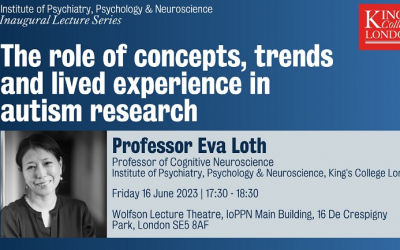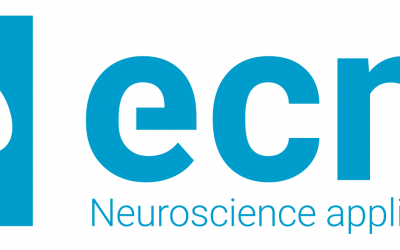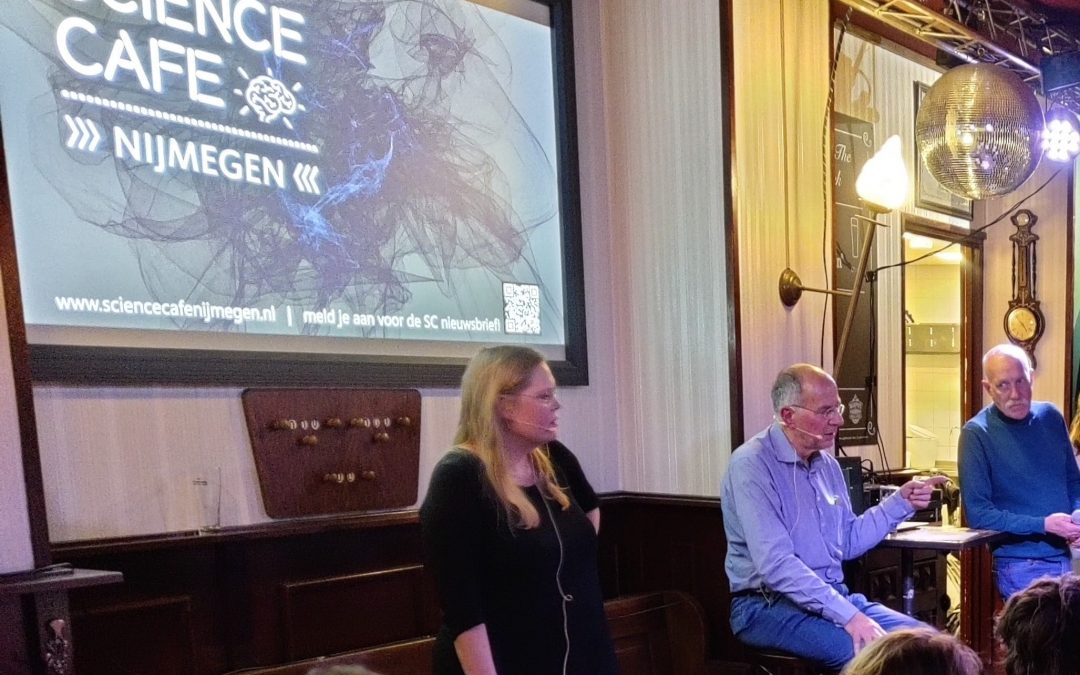On 31st December 2022 the second CANDY project period has officially ended. This means the first 3 years have been completed and the CANYD consortium had to submit a detailed progress report to our funding organisation, the European Commission. Although we encounter a slight delay in our clinical studies, PIP-CANDY and Multiplex (MPX), especially the pre-clinical working groups could report some success stories.
Please see here our Publishable Summary of this Periodic Report.
Summary of the context and overall objectives of the project
Between 50 to 75 million children and adults in Europe suffer from early onset neurodevelopmental conditions. These conditions affect the development of the brain. This may lead to abnormal brain structure and function that is associated with impairments of social behavior and communication, emotion, learning ability, and self-control. These conditions include autism, attention-deficit hyperactivity disorder (ADHD), Intellectual Disability (ID), and language disorders, and pose an enormous burden for patients and their families, and for society. This burden is due to the high prevalence, the lasting effects for a person’s lifetime, the overlap of these conditions with each other, and the frequent combination with somatic diseases such as epilepsy, allergies, immune and gastrointestinal diseases, and visual and auditory handicaps. Persons with these conditions die on average 20 years earlier than individuals in the general population. The main problem is that there are no curative treatments for these conditions, and that our understanding of the underpinning pathophysiology is fragmentary.
It was known that genetic factors play an important role in these conditions. The goal of CANDY is to improve our understanding of how the immune system, and the bacteria in the gut (microbiome) impact on these genetic factors. This will provide a novel conceptual framework to understand the pathophysiology of these conditions. The specific aims are 1) Elucidate the causal mechanisms that underlie these conditions and the combination with somatic disease 2) Deliver novel biomarkers to guide early diagnosis and prevention, stratification and/or treatment monitoring 3) Lay the groundwork for new strategies for prevention and treatment of neurodevelopmental conditions and epilepsy, and 4) Open-up new avenues for research.
Work performed from the beginning of the project to the end of the period covered by the report and main results achieved so far
In our animal studies workpackage we have performed assessments of sensory processing and behavioural phenotypes and EEG assessments in the NRXN1 and SHANK3 genetic mouse models at various development stages and performed behavioural profiling of PTCHD1 knock-out mice. We collected tissue samples and blood from early postnatal and late developmental stages for further immune profiling. We found that the NRXN1 and SHANK3 models reveal different trajectories of sensory information processing deficits, which provides a basis to establish readouts for pathogenic pathways. The PTCHD1 knock-out model showed altered behaviour but normal cholesterol levels in the brain as well as in blood samples. In the SHANK3 model, we induced inflammation during pregnancy and found that this moderated the influence of genetic vulnerability on autism symptoms.
For the development of a translational test battery we have made significant progress in the preparations of the development of the translational test battery for mice, including ethical permission, import of the SHANK3 knockout mice, breeding, protocol development and sample collection for ex vivo analyses of the glutamatergic system and immune signalling. To integrate behavioural and physiological measurements, we have started a market search for the best suitable telemetry system to measure physiology. Given the restrictions on experimental work in humans due to the COVID-19 pandemic, we have created online versions of the preschool and school going task batteries. Psychometric properties of the tests were quite good. The social habituation task that has been implemented represents the first truly translational measure of social reward sensitivity based on a paradigm successfully used in rodents.
In the immune and microbiome biomarkers workpackage we have prepared, finalized, and sent the SOPs for the management of the biological material (blood, feces) for the animal and human studies. Serum samples from the two-hit mouse model and the PTCHD1-KO mouse model have been evaluated for a distinct set of immune factors. We have also started the assessments of the immune markers of the LEAP study and have provided proof-of-concept that variation in microbiome is associated with variation in brain functioning.
Concerning our work on the PIP-CANDY clinical study we have extended the existing protocol for the Preschool Imaging Project (PIP) with the measures and participants (ADHD, ID, and epilepsy) for CANDY, and ethics approval obtained at each study centre. We also created SOPs for data collection of these measures, and trained researchers on relevant clinical instruments. Magnetic Resonance Spectroscopy (MRS) was added to the standard preschool protocol and pilot data has been successfully acquired at each site. Recruitment and in-person assessment was affected by considerable restrictions and lockdowns due to the COVID-19 pandemic. Nevertheless, recruitment and assessment of ADHD and ID participant has started in each site. Analyses of existing data sets have provided new insights in shard and distinct neural mechanisms of autism and ADHD.
For our Multiplex clinical study we have completed the ethics protocol for the multiplex study, and ethics approval obtained, with some additional questions concerning storage and duration of biomaterials at one site.. First families have been assessed at two sites, and all sites have already identified/preselected further multiplex families that meet all inclusion criteria. The pipelines for variant calling and validation are ready. We made an operative list of genes associated with NDDs and conducted a large-scale study on more than 13,000 individuals with autism and 210,000 undiagnosed individuals. We were able to provide a gene-level map of the prevalence of loss of function (LoF) variants affecting 220 genes robustly associated with autism.
In the workpackage for Data integration, statistics and Stratification we have adapted the AIMS-2-TRIALS database to enable the centralization of CANDY data, for all the domains (behavioral, neuroimaging, genetics, clinical), both raw and processed. It ensures the whole data cycle from data collection to data reuse as described in the FAIR principles. We have optimised the implementation of statistical approaches for multimodal data fusion analyses.
Progress beyond the state of the art, expected results until the end of the project and potential impacts
The intended and expected impact of CANDY is to give new directions for clinical research to improve prevention, diagnosis, prognosis, treatment, and management of neurodevelopmental conditions and their co- and multimorbidities. Research in CANDY will lay the groundwork for prevention of early maternal immune-activation, for new intervention strategies (immune-modulation/stem-cells, or probiotics, nutrition; and/or identify new druggable targets) for neurodevelopmental conditions (autism, ADHD, ID, and epilepsy). We will identify developmental windows of opportunity for these interventions, and provide clinical recommendations for (early) diagnosis, prevention, and treatment of NDDs and their somatic multimorbidities.
Whenever relevant, identified biomarkers can be used for more accurate and earlier diagnosis, prognosis as well as monitoring of patients’ condition. We will deliver and test biomarkers (genetic/immunogenetic, immune-related, microbiome, eye-tracking, neurocognition and neuroimaging) for (early) diagnostic, predictive, mechanistic and stratification purposes. Also, we will build prediction models for risk and onset of epilepsy (using EEG measures) or gastro-intestinal or (auto)immune diseases in persons with neurodevelopmental conditions from preschool to adult age.






